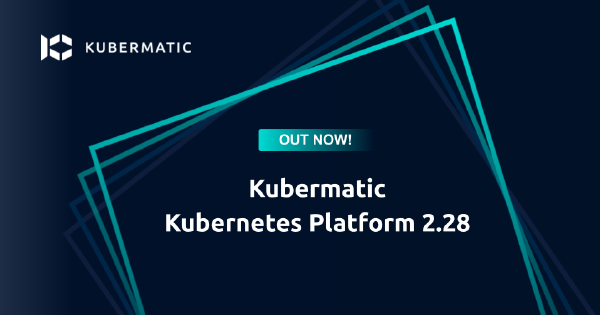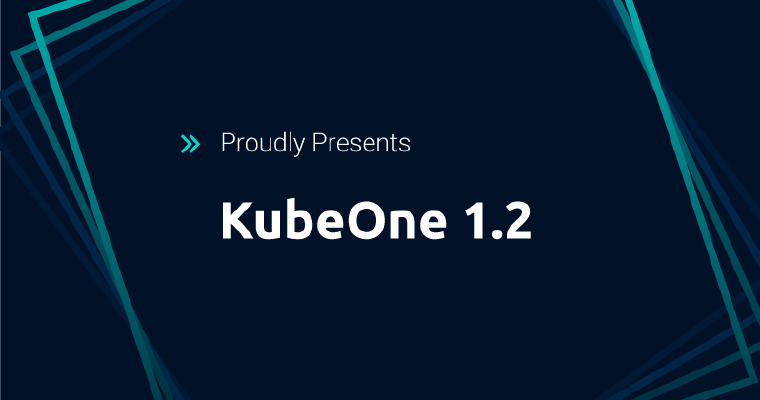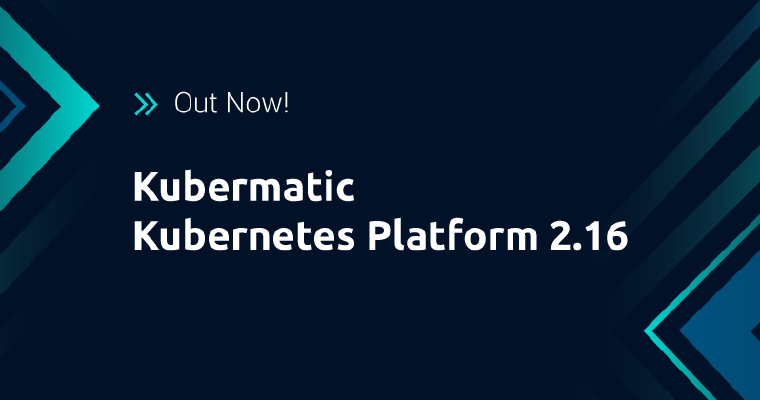


Keeping the State of Apps Part 2: Introduction to Secrets
Kubernetes has an integrated pattern for decoupling configuration from application or container to make it portable and make its management flexible. This inbuilt pattern allows application externalisation, as well as giving the application components autonomy from the container image.

Kubermatic Turns Five!
Time flies….and all of a sudden your baby turns five. Looking back on the years since our launch in 2016, we are filled with pride, joy, astonishment, and a bit of nostalgia. Time for a short recap.

The Kubernetes Dashboard Evolution
In October 2020, the Kubernetes Dashboard officially turned five. As main project maintainers, we barely could believe that so much time has passed since our very first commit to the project.

Kubernetes 1.21 Is Here!
The first Kubernetes release of 2021, Kubernetes 1.21: Power to the Community, is finally here! In this blog post, we’ll highlight the most notable improvements of this release and let you know when and how you can benefit from them as a Kubermatic user.

Bringing Your VMs to Kubernetes With KubeVirt
This article is dedicated to the open source project KubeVirt.io, which allows you to bring your virtual machine workloads to Kubernetes. A second part will explain how to use it with Kubermatic Kubernetes Platform.

KubeOne 1.2 is GA!
The latest release of our open source cluster lifecycle management tool focuses on community-driven improvements and paves the way for upcoming releases that incorporate even more features.

Using Kubernetes And GNS3 for Virtual 4G Simulation
This blog post is about how to deploy a virtual 4G stack using GNS3 and Kubernetes. It covers the following:
Open5gs vEPC OAI UE and eNodeB simulator Kubernetes 1.17.3 Calico CNI Vyos Router GNS3 (This is optional, it makes simulations easier) The motivation for this blog post stems from the fact …

Installing Kubermatic Kubernetes Platform
In the third and last part of our Getting Started With Kubermatic Kubernetes Platform (KKP) blog post series, we take you on a deep dive on how to install KKP Community Edition (CE) on an existing Kubernetes cluster.

Partnering With Sigmavista to Speed Up Cloud Native Adoption
Today, we are excited to announce a strategic partnership with sigmavista, an Austrian provider of professional IT services for international corporations, medium-sized enterprises, innovative start-ups and selected partners.

The Smallest Kubernetes Cluster: Scaling Down to the Edge
Edge computing is creating a new internet. In an age where consumers and businesses demand the shortest possible delay between asking a question and getting an answer, edge computing is the only way to reduce the time it takes to provide this insight.

Keeping the State of Apps 1: Introduction to Volume and volumeMounts
In this part of our Kubernetes 101 series, we will bring persistence into play. You will learn how to provide persistent storage in the form of different volumes to the Pods.

Kubermatic Kubernetes Platform 2.16 Is Here!
Here we go, our first release of the year is out! With Kubermatic Kubernetes Platform (KKP) 2.16, we now support the Open Policy Agent for improved policy control and have added dynamic data centers and other expanded GitOps capabilities. On top of that, with Machine Learning being one of the …
